Infrastructure
Air Base Dübendorf
On October 20, 1910, at 10:00 AM, an airplane took off for the first time from the Dübendorf Aerodrome. The pioneer flight by the very popular Frenchman Georges Legagneux (nickname: "Legi") marked the beginning of Swiss aviation history. From then on, the fate of Dübendorf, a community in the marshland northeast of Zurich, would be closely linked to aviation. Research and innovation played a role in Dübendorf from the start. An early chronicler noted, "In the hangars of the airfield, many inventors, entrepreneurs, and adventurers were active, who developed, produced, and tested partly bizarre and partly functional flying machines." Technical skill and daring also characterized the first military pilots who moved into the Dübendorf airfield in 1914. Some of them came to service with their own, sometimes homemade, aircraft. Over the years, the fragile "crates" of the early aviation era evolved into the high-powered, robust airplanes we know today. Dübendorf is the cradle of Swiss aviation, both civil and military. Parts of the Swiss Air Force (today Luftwaffe) were active here for more than a hundred years. During World War II, foreign bombers and fighters that had penetrated Swiss airspace were forced to land here. In 1949, Dübendorf became a purely military airfield. The arms race that began at that time reflected Switzerland's determination to defend itself.
Dübendorf Airfield (AFB Dübendorf, LSMD) remains a military airfield of the Swiss Air Force in Dübendorf and has a runway length of 2,355 meters (Runway 11/29). The daily operations are dominated by helicopters (Super Puma, Cougar, EC635). In addition, various air transport aircraft of the Federal Air Transport Service (LTDB) and special aircraft are stationed in Dübendorf. The military airfield is also used by paratroopers for training and exercises. The Dübendorf Military Airfield (ICAO code LSMD) houses the Operational Lead of the Air Force with the Air Operations Center (AOC), the Skyguide Air Traffic Control Center, the Air Force Center with the Aviation and Air Defense Museum, and various maintenance operations.
A hundred years of Dübendorf Airfield also tells a story of civil aviation breakthroughs. On August 18, 1932, Auguste Picard ascended from here in a gas balloon and set a new world record with a height of nearly 17 kilometers. In 1922, the route Geneva - Dübendorf - Fürth marked the start of Switzerland's first civil air line. Ad Astra Aero, the precursor to Swissair, was based in Dübendorf from 1932 until its move to Zurich-Kloten in 1948. In 2010, in anticipation of renewed civil-military mixed use, Bertrand Picard assembled his solar-powered aircraft Solar Impulse in a hangar here to circumnavigate the globe. Five years later, the UZH Space Hub in Dübendorf conducted its first research mission with a parabolic flight into microgravity.
In 2014, the Swiss Federal Council decided to use the area of the Dübendorf military airfield for military aviation, civil aviation, and the establishment of a national innovation park by the Canton of Zurich. The Zurich Cantonal Council certifies the innovation park as providing "first-class conditions for optimal development and linkage of business and research." The connection of research and airfield is unique in Europe and an asset to the competitiveness of the Zurich economic area. Thanks to the Swiss Air Force, the UZH Space Hub has been allowed to use the military airfield for research purposes for some time. From 2015, UZH and the university-affiliated nonprofit Swiss SkyLab Foundation organized parabolic flight campaigns with the Airbus A310 ZERO-G and the NLR Cessna Citation II, as well as research campaigns with the DLR Airbus A320 ATRA, the Zeppelin NT, and various small aircraft.

Copyright Media Werkstatt Bodensee 2024 - Impressum
